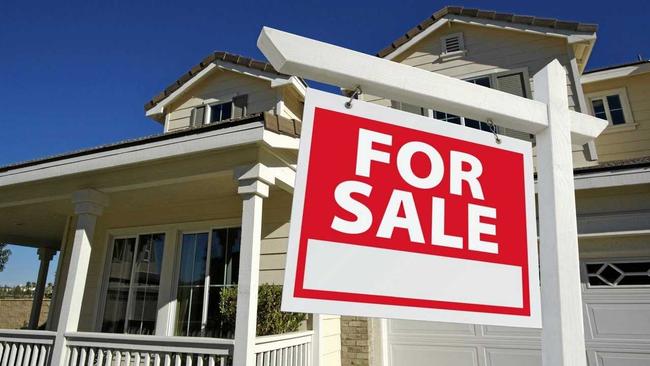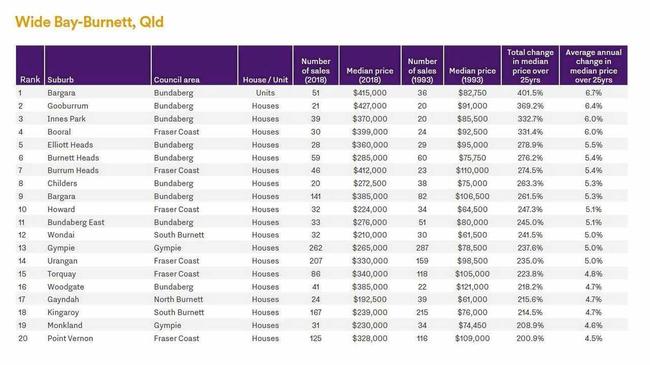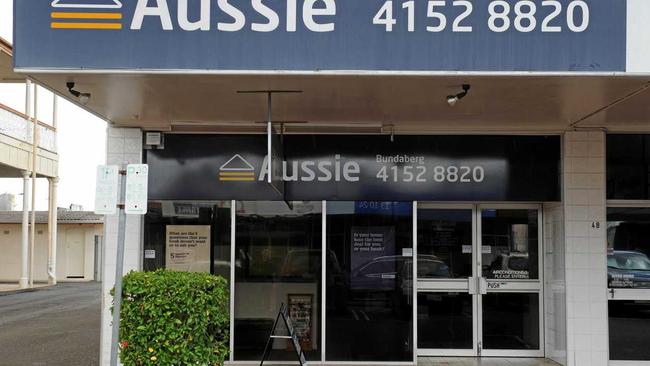20 Wide Bay regions with biggest house price growth revealed
Find out how much you could buy a Gympie property for in 1993, and how that compares to what you'd spend today.

Gympie
Don't miss out on the headlines from Gympie. Followed categories will be added to My News.
GYMPIE and Monkland have surged to rank among Wide Bay's Top 20 largest property growth regions in the last 25 years, according to newly released Aussie Home Loans data.
Aussie's "25 years of housing trends” study, compiled in partnership with CoreLogic Property Data, revealed Gympie had seen a 237.6 per cent total change in median price between 1993 and 2018, with the $78,500 '93 figure paling in comparison to $265,000 this year.
The 5 per cent average annual change in Gympie was good for 13th on the overall list, while Monkland came in 19th with a 208.9 per cent total increase averaged out to 4.6 per cent annually.
READ MORE
2018 time to 'snap up a bargain'
Is this the youngest couple to buy property in Gympie?
House prices set to tumble after buyers flee
REVEALED: 5 corner stores hit the Gympie region market
Gympie's growth still indicated the region as one of the most affordable places to buy in Wide Bay, ranking sixth out of the 20 biggest movers.
Houses in Monkland could be bought for $74,450 in 1993, a figure more than tripled at $230,000 in 2018.
Units in Bundaberg town Bargara had the most impressive change, jumping 401.5 per cent from $82,750 to $415,000.
Houses in Bargara placed ninth with $106,500 in 1993 climbing 261.5 per cent to $385,000.
The Rum City had nince localities ranked in the Top 20, with five out of the top six towns falling under their council area.
The Fraser Coast placed six times, followed by South Burnett and Gympie with two each and rounded out by one from North Burnett.

Gympie (13th)
Median house price 1993: $78,500
Median house price 2018: $265,000
Monkland (19th)
Median house price 1993: $74,450
Median house price 2018: $230,000

Aussie Home Loans CEO James Symond said housing remained "Australia's largest asset class”.
"Queensland's average owner occupier loan size has increased approximately in line with property values, with the typical loan size now $341,700 or 6.1 per cent per annum higher since 1993,” Mr Symond said.
"With average mortgage rates currently close to their record low levels of the 1960's, loan serviceability levels have improved but housing affordability remains a major challenge.
"Household incomes haven't kept pace with rising property prices. This is demonstrated by Queensland's shrinking first home buyer numbers from 22.2 per cent in 1993 to 18.3 per cent in 2018, while investors have taken a bigger slice of the pie, up from 28.7 per cent to 34.2 per cent over the same period.”
Mr Symond said "The last 25 years has seen five property cycles and we expect the pattern of cyclic growth to continue. Suburbs where population and jobs growth continues apace are expected to dominate the top performers over the next 25 years.”
Visit www.aussie.com.au/25years to read the full report, or contact an Aussie Broker for a free copy.


